America’s deadly epidemic: violence against women
In 2019 nine out of 10 murdered women were killed by men they knew
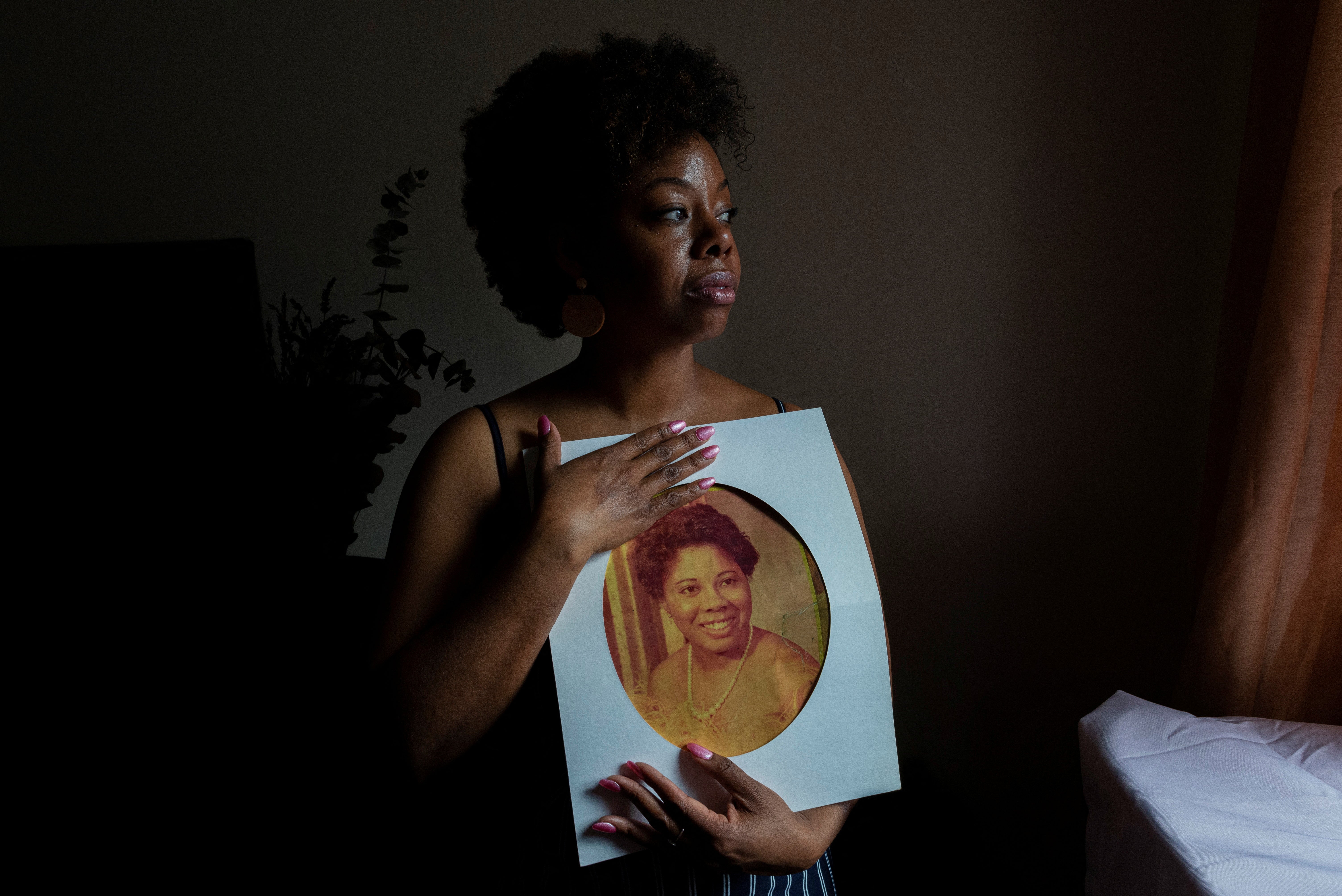
Your support helps us to tell the story
From reproductive rights to climate change to Big Tech, The Independent is on the ground when the story is developing. Whether it's investigating the financials of Elon Musk's pro-Trump PAC or producing our latest documentary, 'The A Word', which shines a light on the American women fighting for reproductive rights, we know how important it is to parse out the facts from the messaging.
At such a critical moment in US history, we need reporters on the ground. Your donation allows us to keep sending journalists to speak to both sides of the story.
The Independent is trusted by Americans across the entire political spectrum. And unlike many other quality news outlets, we choose not to lock Americans out of our reporting and analysis with paywalls. We believe quality journalism should be available to everyone, paid for by those who can afford it.
Your support makes all the difference.Tammy Suomi’s Minnesota living room is filled with memories of her daughter Jackie Defoe and the sofa is lined with her grandson Kevin Shabaiash Jr’s teddy bears. Photos of her smiling loved ones cover a coffee table and kitchen island.
Defoe was 13 weeks pregnant when she and 21-month-old Kevin were beaten and stabbed to death in March 2020 at her home on the Fond du Lac American Indian reservation near Duluth.
In May, a jury convicted Defoe’s boyfriend Sheldon Thompson of first-degree murder in the deaths of Defoe, her unborn child and Kevin. He was sentenced to three consecutive life terms and given no chance for parole for Defoe’s and Kevin’s murders. Attempts to reach Thompson through his attorney were unsuccessful.
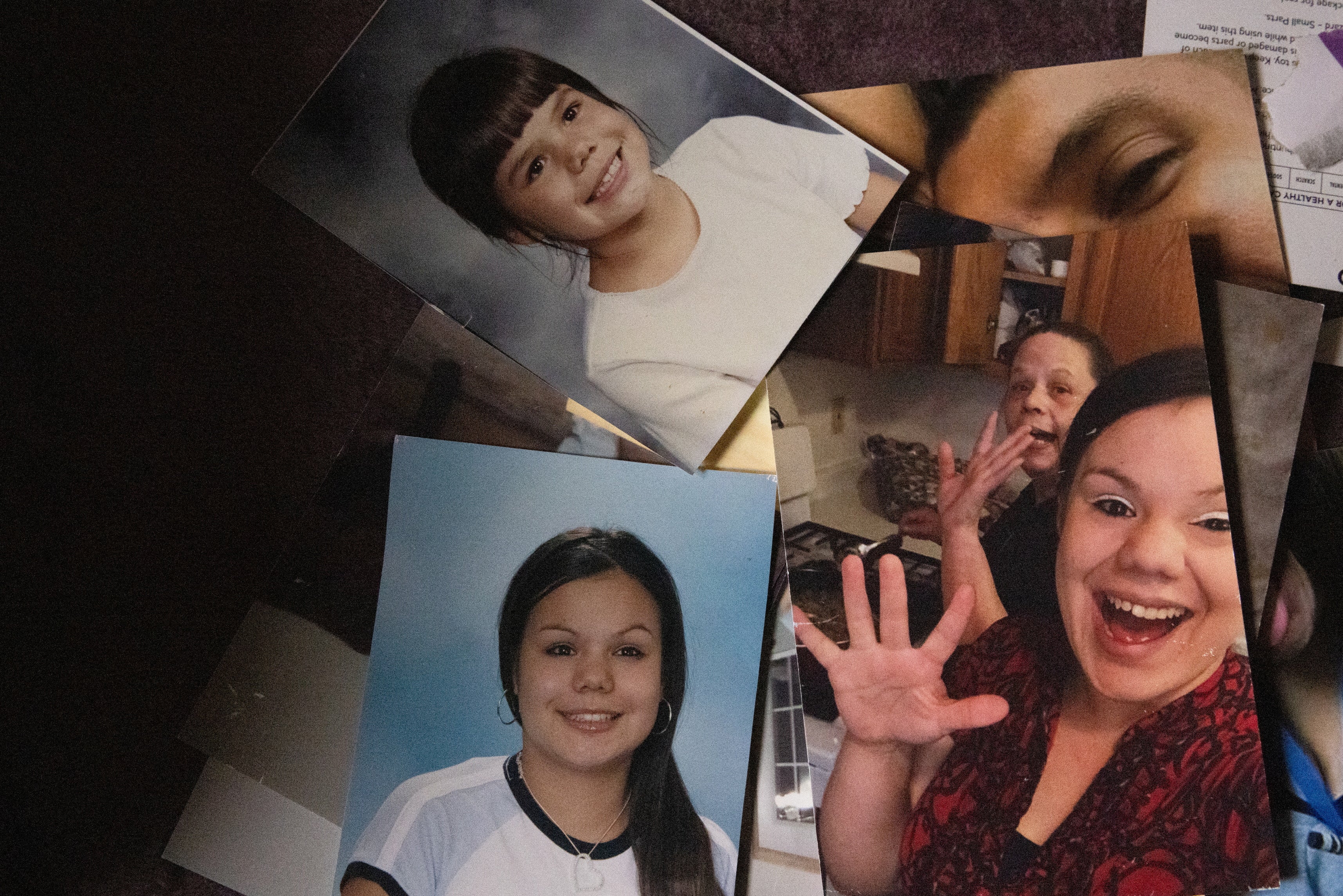
The murders illustrate a persistent American crisis. In 2019, nine out of 10 murdered women were killed by men they knew, according to the Violence Policy Center (VPC), a national think tank. In nearly two-thirds of those cases the women were wives or other intimate partners of the men.
Often, such killings follow years of abuse, which six experts interviewed by Reuters said raises questions about how police, courts and society at large support women.
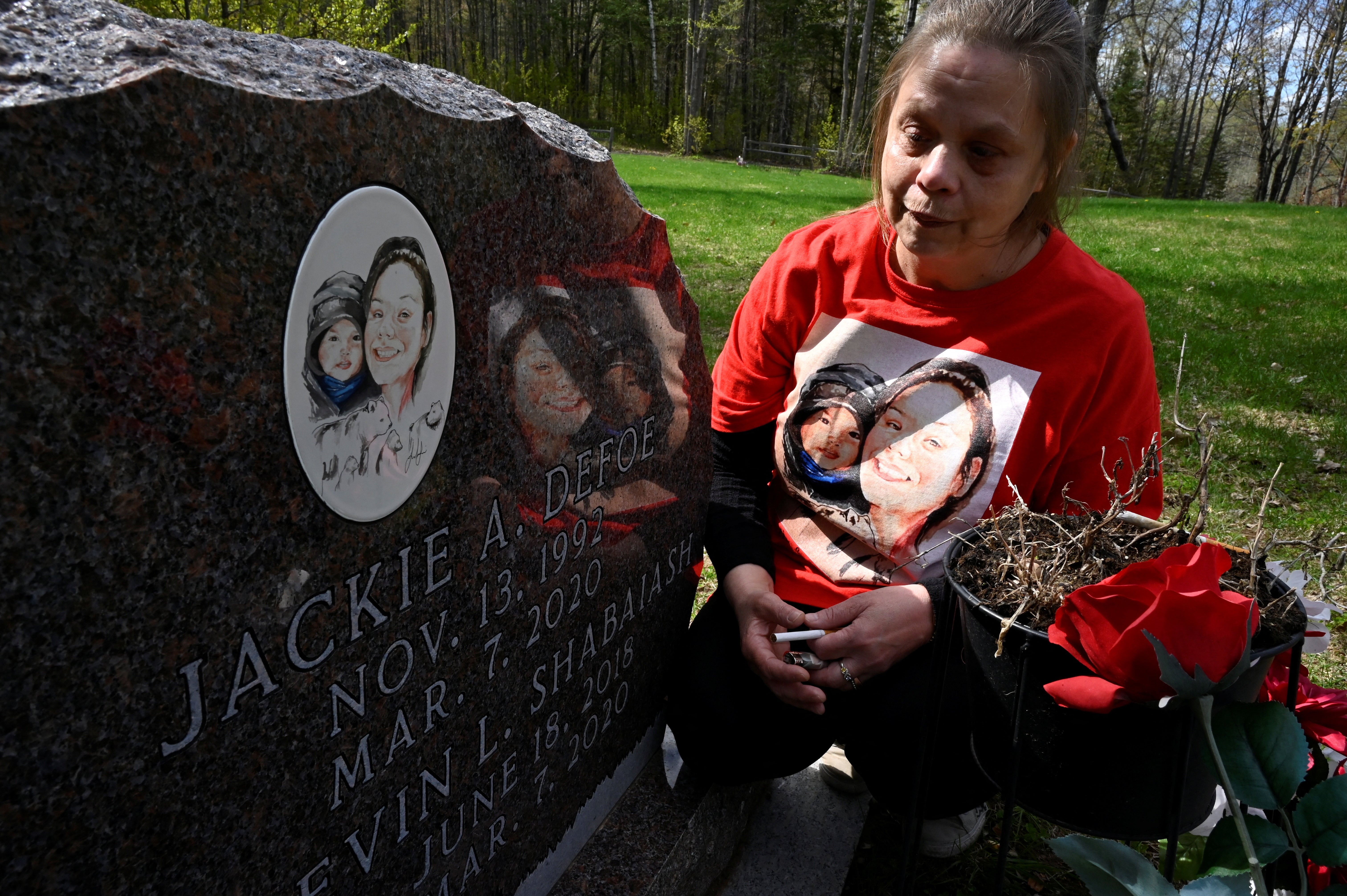
In such crimes, attacker and target know one another intimately and may have children and a home together and intertwined finances, making the challenge complex.
“It’s cultural. It’s religious. It’s psychological. It is many layers,” says Detective Riasharo Garcenila, who helps coordinate the Los Angeles Police Department’s domestic violence response. “It’s so difficult to have one answer for a crime that’s multi-layered.”
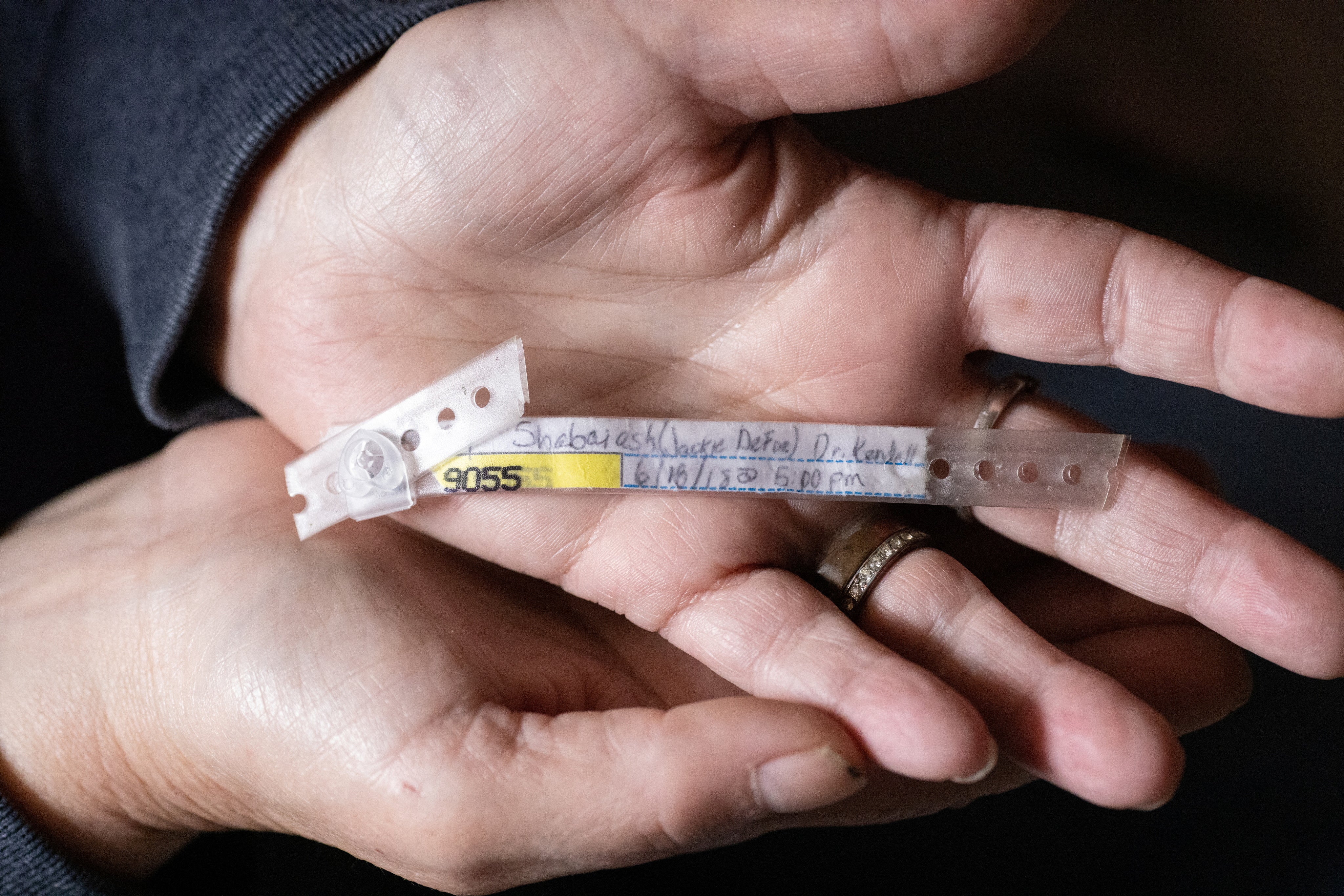
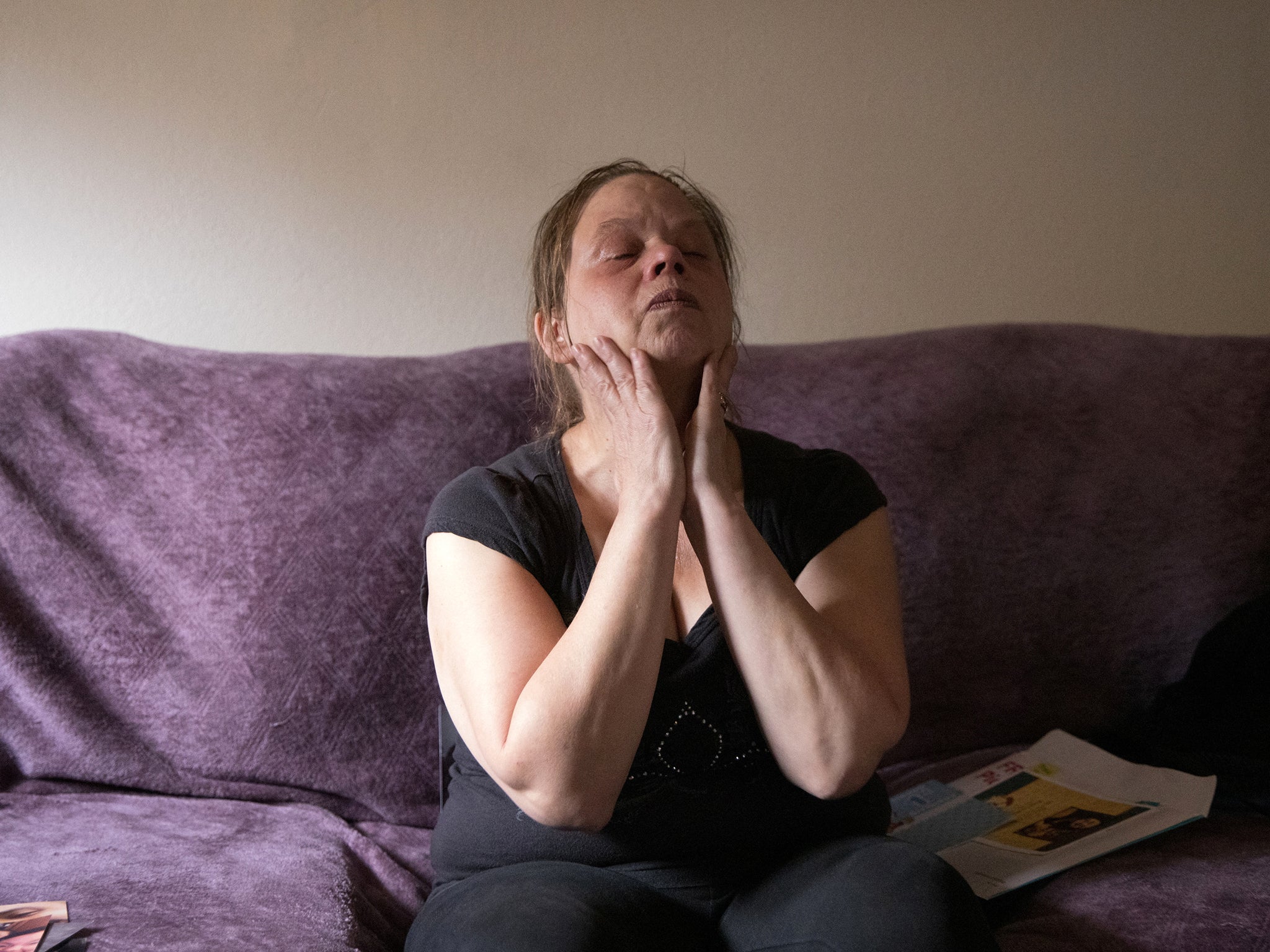
The statistics are particularly grim in communities of colour. In Minnesota, 9 per cent of all girls and women murdered from 2010 to 2019 were, like Defoe, native Americans, although they make up just 1 per cent of the state’s population, according to the Minnesota Task Force on Missing and Murdered Indigenous Women, created by the state legislature to report to lawmakers on efforts to document, understand and reduce the violence.
In 2019, Black women and girls were murdered at a rate more than twice as high as white women and girls, according to the Washington-based VPC, which bases its figures on FBI data.
New federal moves
US President Joe Biden earlier this year signed a spending bill that included increased funds for housing, legal and other support for domestic violence victims. In June he signed gun reform legislation that seeks to do more to keep guns out of the hands of people convicted of domestic violence.
Three decades have passed since Nicole Sharpe’s father shot and killed her mother in their Brooklyn apartment. Sharpe’s father, who died in 2012, was convicted in 1993 of manslaughter and served 16 years.
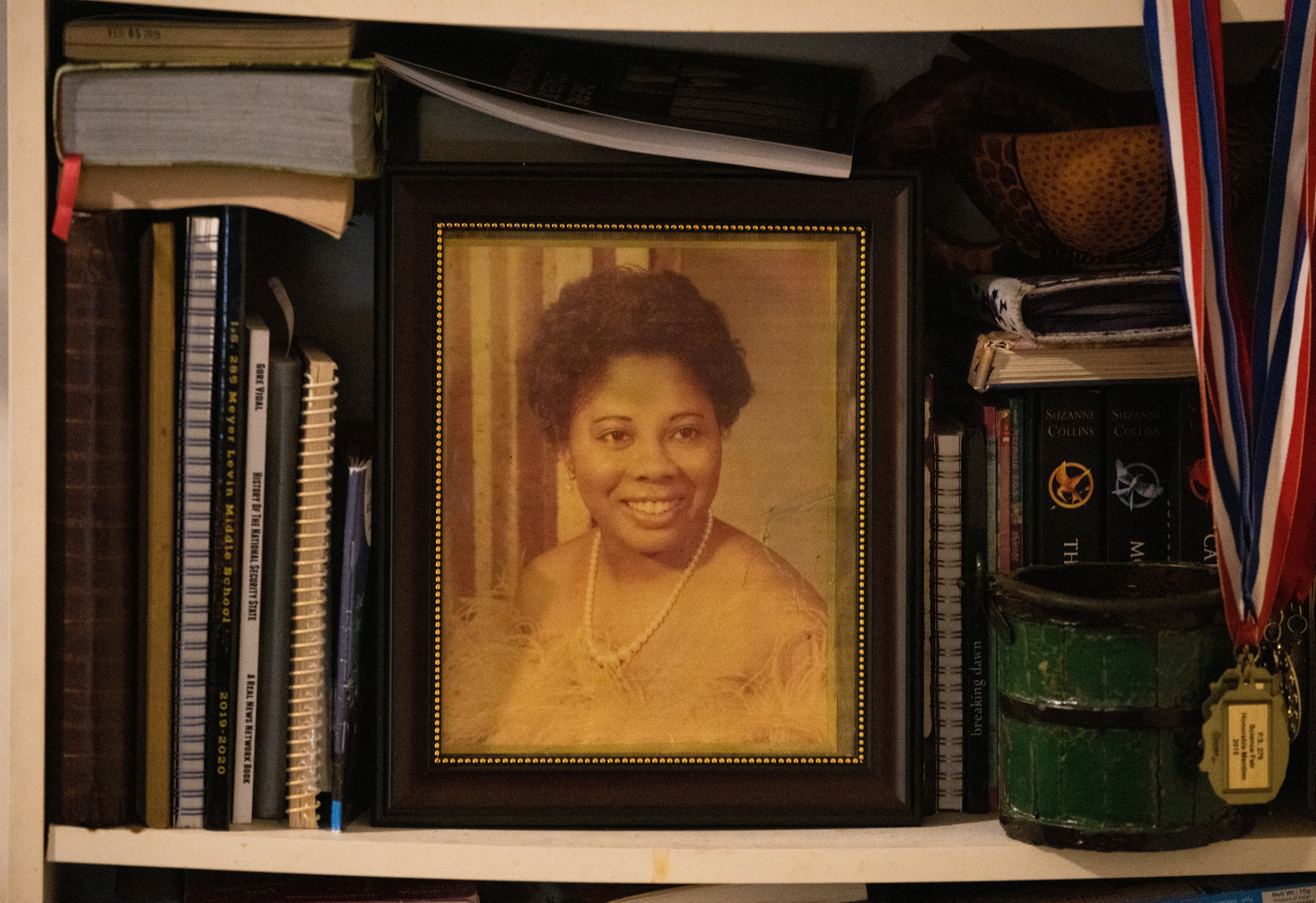
“I don’t think in the minds of people that domestic violence has really changed too much” since her mother’s death, says Sharpe. “People still are bent on blaming the victim.”
Melanie Fields of the national Association of Prosecuting Attorneys Domestic Violence Committee, who is based in East Baton Rouge, Louisiana, says she has found some attitudes have shifted in the 13 years since she helped launch her domestic violence unit.
“When I started this, it was that they [women] weren’t believed or they were dismissed by law enforcement and even the community,” Fields says. “Overall in our country that has significantly improved.”
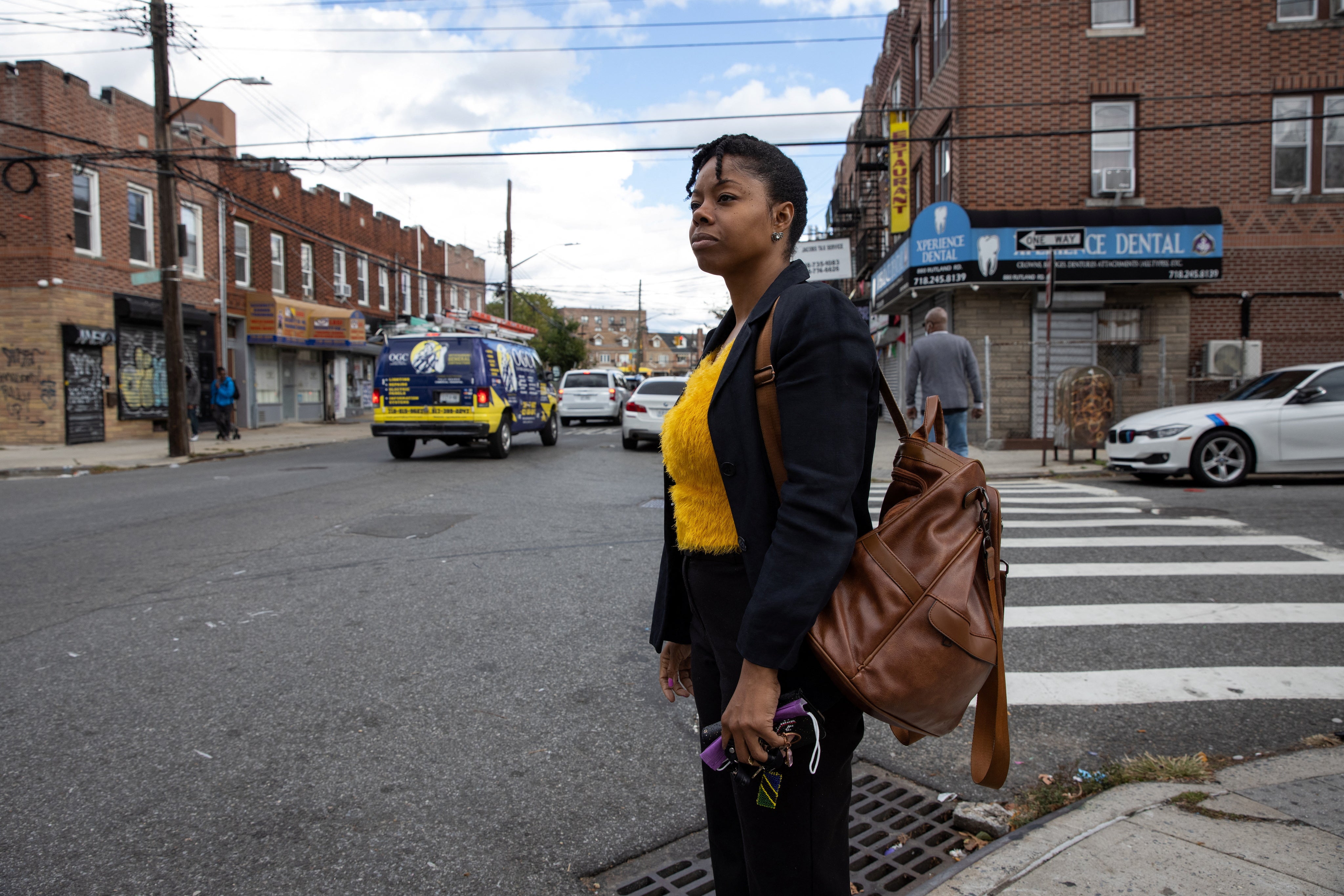
She says officers in her jurisdiction, for example, have learned that medical evidence shows repeated beatings and choking can make victims sound incoherent.
One persistent challenge facing researchers is determining the problem’s scope. Data sets such as the FBI’s supplementary homicide reports can be useful, but they leave hard-to-fill gaps when tracking gendered killings, says Associate Professor Alison Marganski, director of criminology at Le Moyne College in Syracuse.
The picture is mixed on fears that recent pandemic lockdowns exacerbated domestic violence. James Alan Fox, a Northeastern University professor of criminology, law and public policy, analysed FBI data and found homicides in family settings rose 26 per cent in 2020 over the previous year.
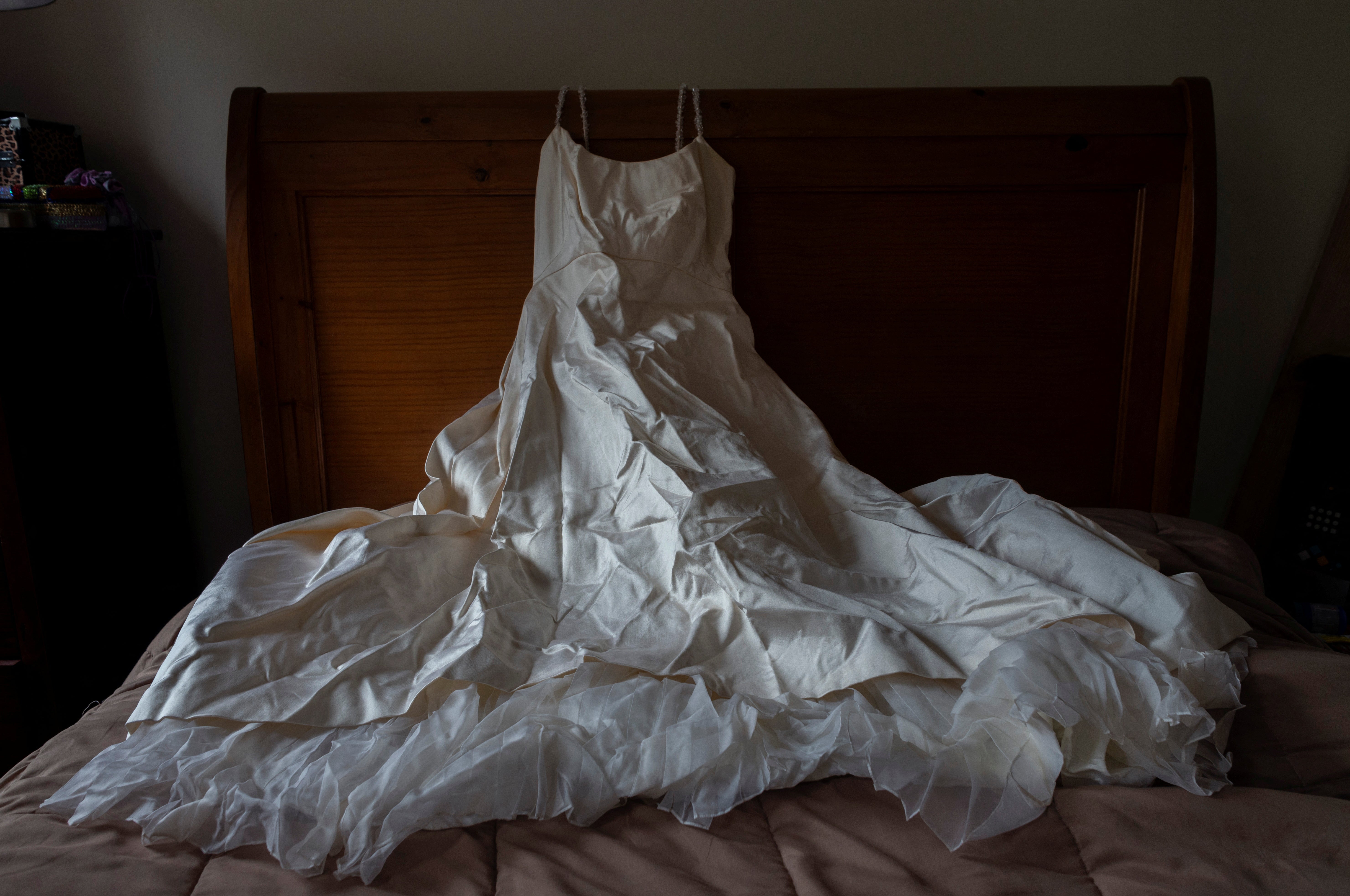
But a January paper published by the nonpartisan National Bureau of Economic Research that studied records from 17 large urban police departments found no statistically significant difference in intimate partner homicide rates before and during the pandemic.
Detective Marie Sadanaga, a colleague of Garcenila, says LA legal aid groups found that people struggled to apply for restraining orders when Covid closed courts. The LAPD responded by creating a guide for navigating virtual court that was distributed by patrol officers.
“We’re always listening to what these different people are saying and what they’re seeing,” Sadanaga says of prosecutors, nurses, legal service providers and others with whom officers work.
In late 2009, Helen Buchel and her 12-year-old daughter, Brittany Passalacqua, were stabbed to death in her Geneva, New York home.
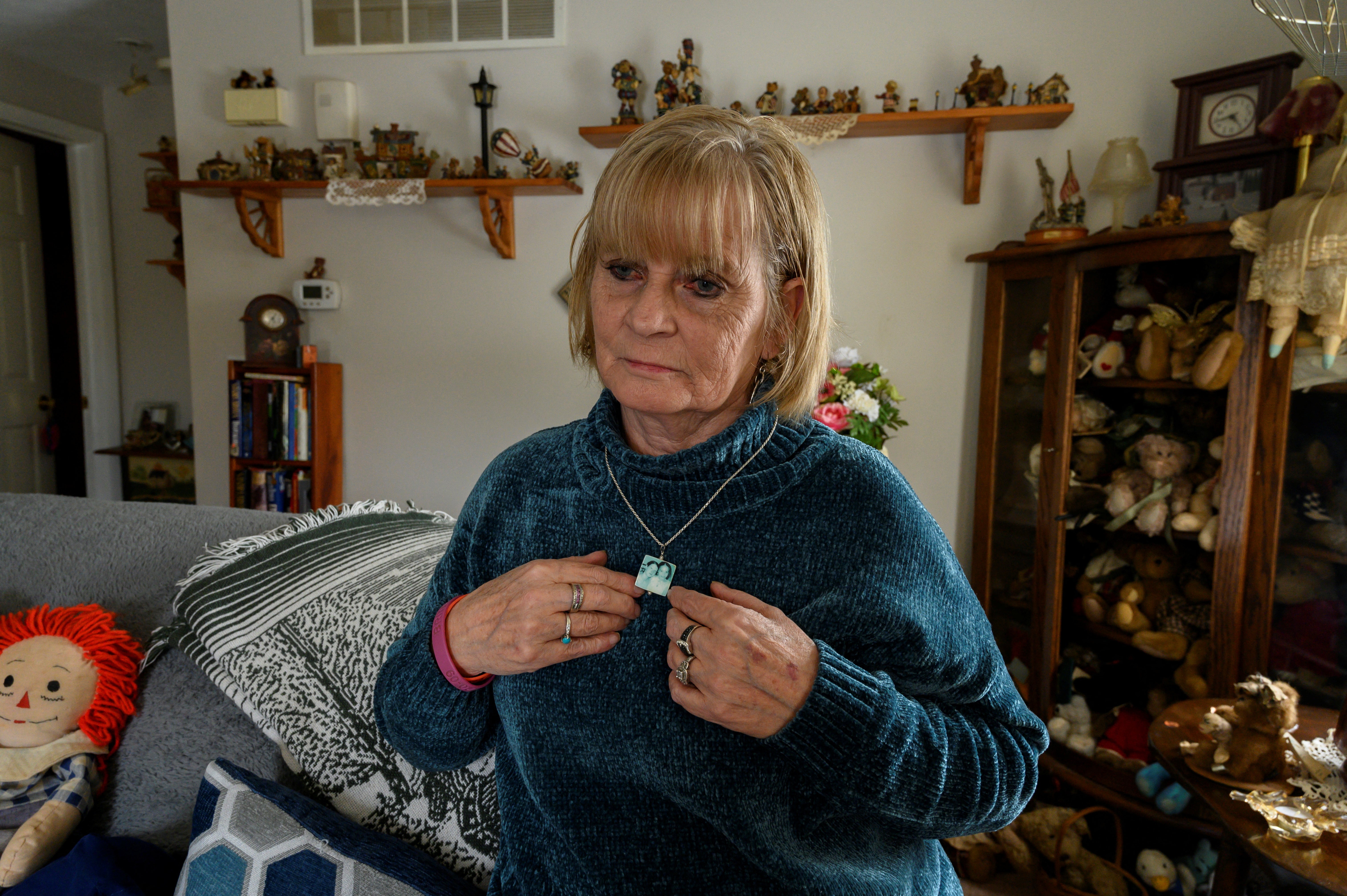
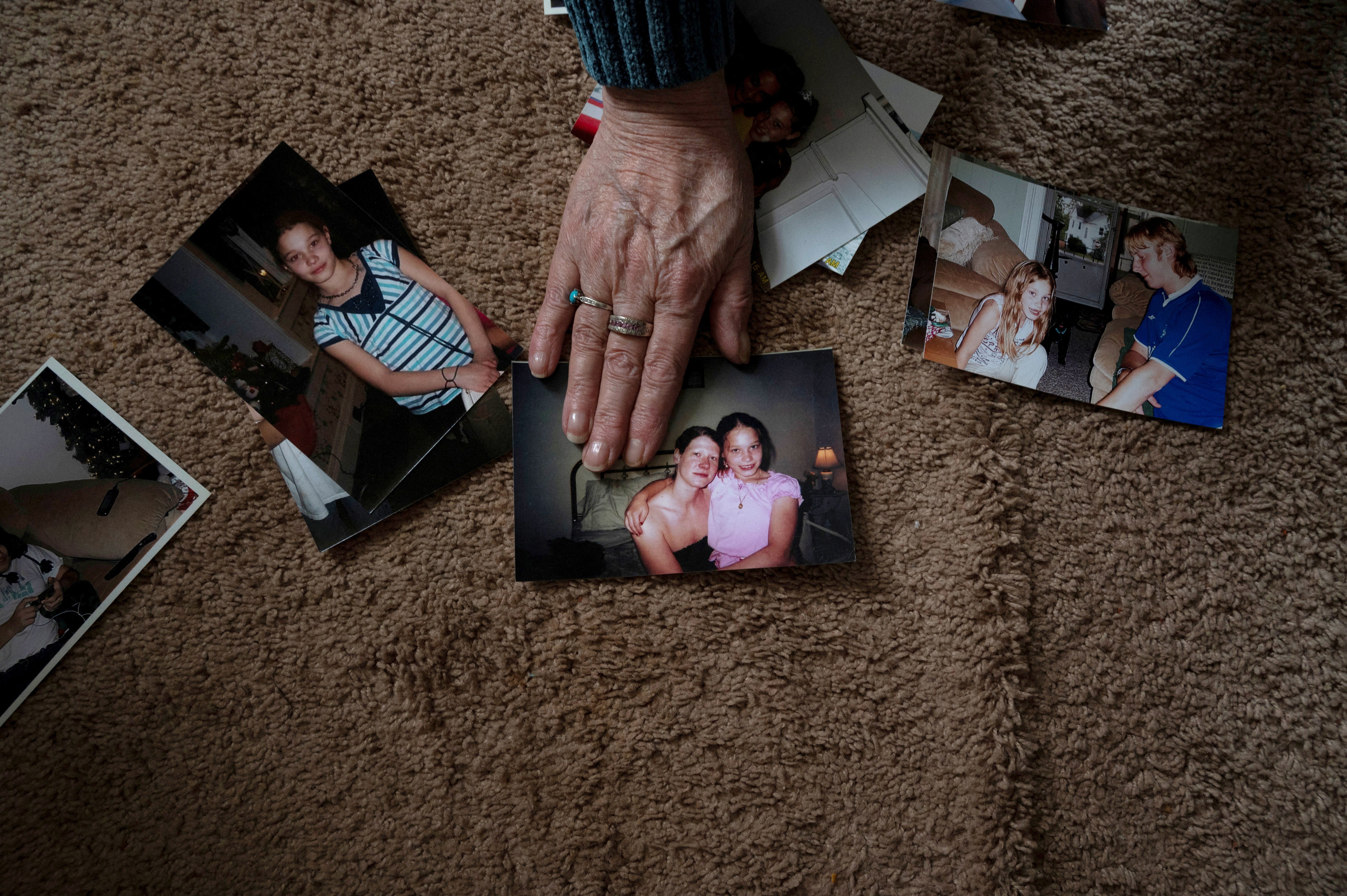
Buchel’s boyfriend, John Brown, pleaded guilty to second-degree murder and in 2010 was imprisoned for 40 years to life in a plea deal that Buchel’s mother, Dale Cook Driscoll, says her family accepted so her grandson, who found the bodies, would not have to testify.
Reuters was unable to locate an attorney for Brown, who remains in prison.
In Minnesota, Suomi was the first witness prosecutor Lauri Ketola called.
After the verdict, Suomi said of her daughter, grandson and unborn grandchild: “I finally got justice for them.”
Photography by Magali Druscovich and Caitlin Ochs
Reuters
Join our commenting forum
Join thought-provoking conversations, follow other Independent readers and see their replies
Comments